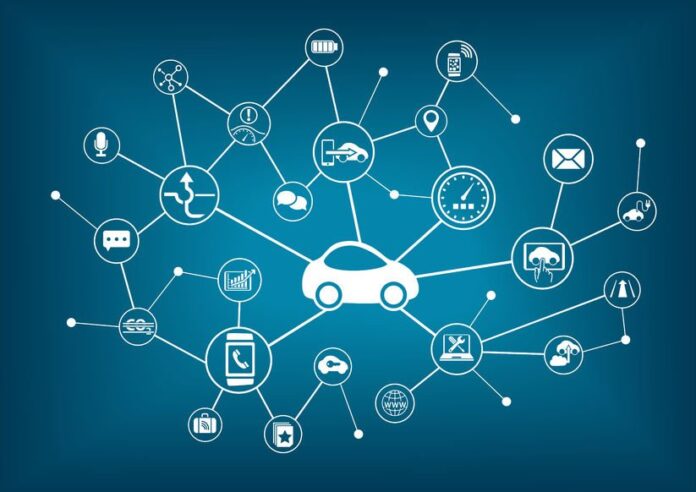Qualcomm working with automakers on C-V2X interoperability while NXP deal waiting on Chinese regulators
Adoption of internet of things solutions is creating new efficiencies, streamlining operations and reducing costs for a variety of industrial and enterprise users executing on digital transformation strategies. In the automotive sector, research firm Markets and Markets projects the automotive IoT market will be worth $82.79 billion by 2022, up from a 2015 estimated value of $15.87 billion; this market includes hardware, software, services and connectivity inside the vehicle, between vehicles and with connected infrastructure. C-V2X, shorthand for cellular-vehicle-to-everything connectivity, is a major focus of research and development work Qualcomm Technologies is undertaking with automakers.
Qualcomm recently worked with Audi, Ford and the 5G Automotive Association to demonstrate C-V2X interoperability between vehicles made by different manufacturers. The demo transmitted real-time data over 5.9 GHz Intelligent Transportation Spectrum (ITS) for use cases including vehicle-to-vehicle collision avoidance and improved road safety without any dependence on cellular operator networks.
Nakul Duggal, VP of product management at Qualcomm Technologies, said the company is “committed to accelerating automotive innovation and enabling carmakers to deliver safe and connected vehicles. After years spearheading the development of C-V2X we are ready for its rollout in collaboration with leading automakers such as Audi and Ford, and the larger auto industry.”
In addition to efforts around C-V2X, Qualcomm is also a major player in the development of the 5G New Radio specification. A primary 5G use case is support for ultra reliable low latency communication, which, over the long term, is well-suited to provide connectivity for roads full of autonomous vehicles. Another aspect of 5G with implications for connected cars is the move toward edge computing. Think of edge appliances as mini data centers meant to improve user experience by enabling applications dependent on low latency by physically putting compute and storage functionality closer to the end user or device, which in this case is a vehicle.
Further on the automotive front, Qualcomm wants to acquire Dutch firm NXP to gain access to its IoT and automotive portfolio. As part of the massive consolidation in the semiconductor industry during the last few years, NXP acquired Freescale Semiconductor in December 2015, doubling its automotive revenue by 40%. Qualcomm has repeatedly extended its tender offer for outstanding shares of NXP with the most recent extension on April 27. The cash tender is currently set to expire on May 11.
This type of consolidation requires approval from regulators around the world. The U.S., South Korea and the European Union, among others, have assented to the deal, but China’s regulatory body MOFCOM has proved a sticking point. In April Qualcomm and NXP withdrew and refiled a notice of acquisition at MOFCOM’s request. But, despite the hiccups, Qualcomm CEO Steve Mollenkopf told CNBC in an April 26 interview he expects the deal to go through.
Mollenkopf said National Economic Council Director Larry Kudlow is involved in “real talks” with Chinese officials. He also noted Qualcomm’s technology creates significant value in the Chinese market. “We’ve had eight of nine jurisdictions rule. The remaining one is China. I think it would be a very unusual situation for the rest of the world to approve something and then China no do it. It’s a good situation for China to get this deal done and, you know, I have confidence that that’ll happen.”

